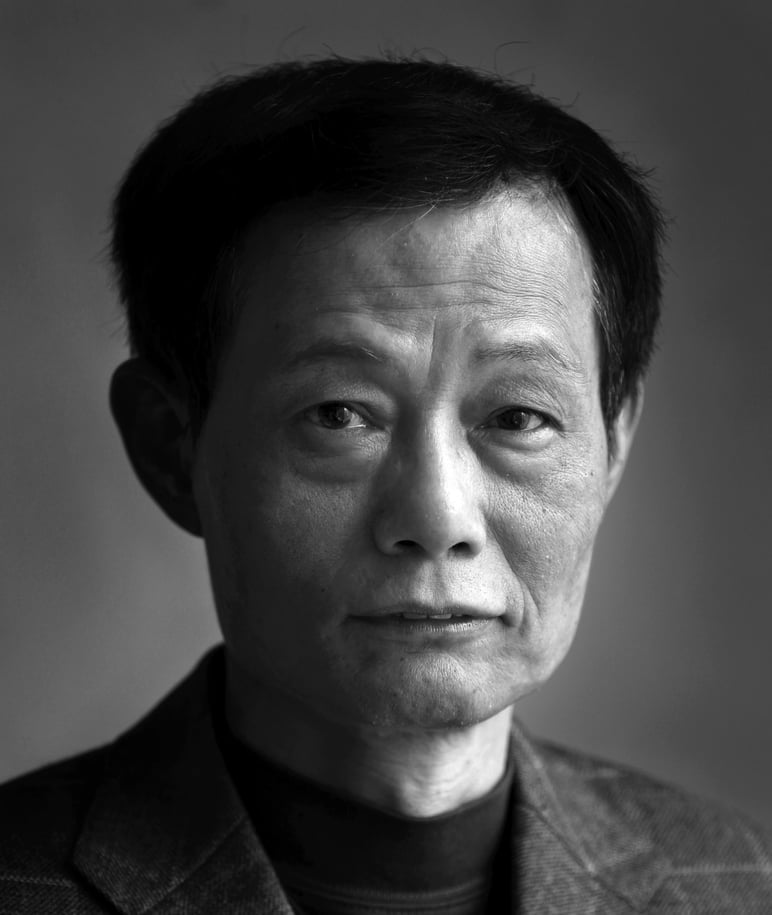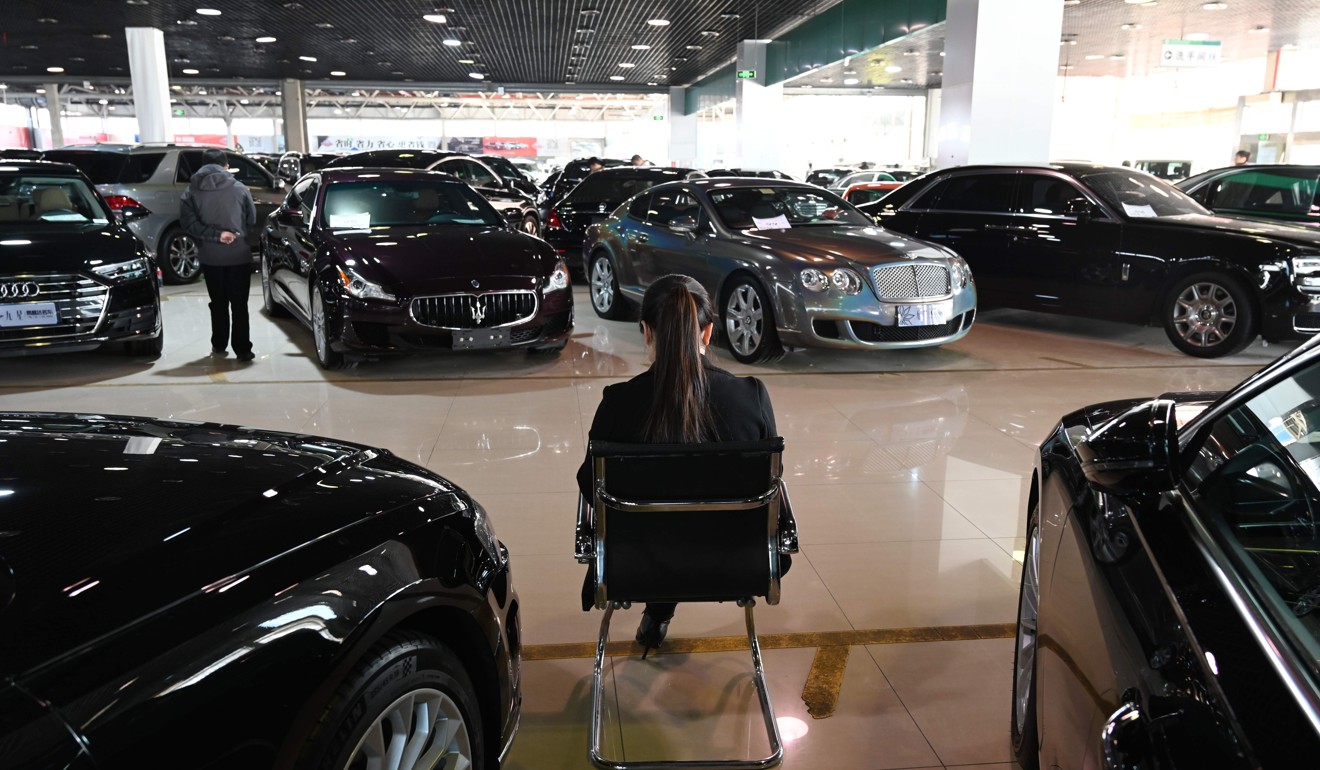
China’s bid to boost economic growth will do more harm than good
- A slowdown in growth is to be expected given China’s economic restructuring. Overreacting and jeopardising that restructuring will bring short-term gain, but long-term pain
The 6.6 per cent rate of growth in China’s gross domestic product in 2018 is the lowest increase since 1990, when sanctions imposed by the West in response to Beijing’s violent crackdown in Tiananmen Square meant it grew just 3.9 per cent.
China’s economic growth has been steadily decelerating over the past decade, ever since its high of 14.2 per cent in 2007. The downward trend picked up pace quarter by quarter last year. It was 6.8 per cent in the first quarter, 6.7 in the second, and 6.5 in the third. The 6.4 per cent growth of the fourth quarter was the lowest since the beginning of 1992, when Beijing began publishing quarterly GDP data.
But the bigger worry to policymakers is that the latest data showed a loss of momentum in the three engines of the world’s second-largest economy – exports, investment and consumption.
Capital investment has long been the most important factor behind China’s state-led growth. The average annual growth rate of fixed asset investment (FAI) was 20.2 per cent between 1981 and 2017, and its contribution to GDP went from 38.9 per cent in 1978 to 44.4 per cent in 2017.
However, last year’s 5.9 per cent growth in FAI was the slowest pace of growth since 1996. In 2017, it increased by 7.2 per cent.
The government hopes to transform its economic growth model from one that relies on exports and capital investment into one driven by consumption.

However, growth in retail sales eased to 9 per cent year on year in 2018, down from 10.2 per cent in 2017. This was the first time since 2003 that it had fallen below 10 per cent. It was dragged down by sluggish sales of cars and smartphones, the most important consumption items. Last year, auto sales in particular saw a sharp contraction – of 8.4 per cent in value and 13 per cent in volume. Apple recently cut its revenue projections for 2019 citing deteriorating China sales.
Gloomy exports give Beijing three reasons to worry
However, China’s growth rate remains enviable when compared to most economies, such as the G20 countries. And a slowdown in growth is to be expected – indeed, it is healthy – when one is transitioning from an economy based on export-oriented manufacturing to one driven by services and innovation.
To be sure, economic restructuring will affect China’s near-term prospects, particularly in 2019, amid a host of financial risks, but it will eventually help China’s long-term development.
The problem is that the stability-obsessed government, driven by political considerations, has chosen to ease up on its economic restructuring and return to intervening in markets.

In recent months, Beijing has introduced a slew of fiscal measures and monetary easing aimed at boosting growth. These measures have ranged from selective credit easing to more fiscal spending on infrastructure and incentives for lifting consumption.
While such measures might help in stabilising growth in the short term, they will do more harm than good for China’s development in the long term.
Firstly, all such policy-supporting measures may magnify rather than reduce risks for the economy, as monetary easing and fiscal support will only create more debt, which already accounts for a whopping 300 per cent of the nation’s GDP. This is simply unsustainable.
China returns to growth to offset US trade war risk, but is it the right move?
Secondly, such efforts go against the free market rule. They not only decrease the efficiency of the Chinese economy, but also create confusion in the market.
Thirdly, such policies will deepen Western doubts over the non-market nature of China’s state capitalism, which is the key reason behind China’s perennial trade disputes with US.
Finally, these measures run against Beijing’s efforts at a market-oriented restructuring that would make the growth of its quasi-socialist economy more stable, balanced, coordinated and sustainable. ■
Cary Huang, a senior writer with the South China Morning Post, has been a China affairs columnist since the 1990s

